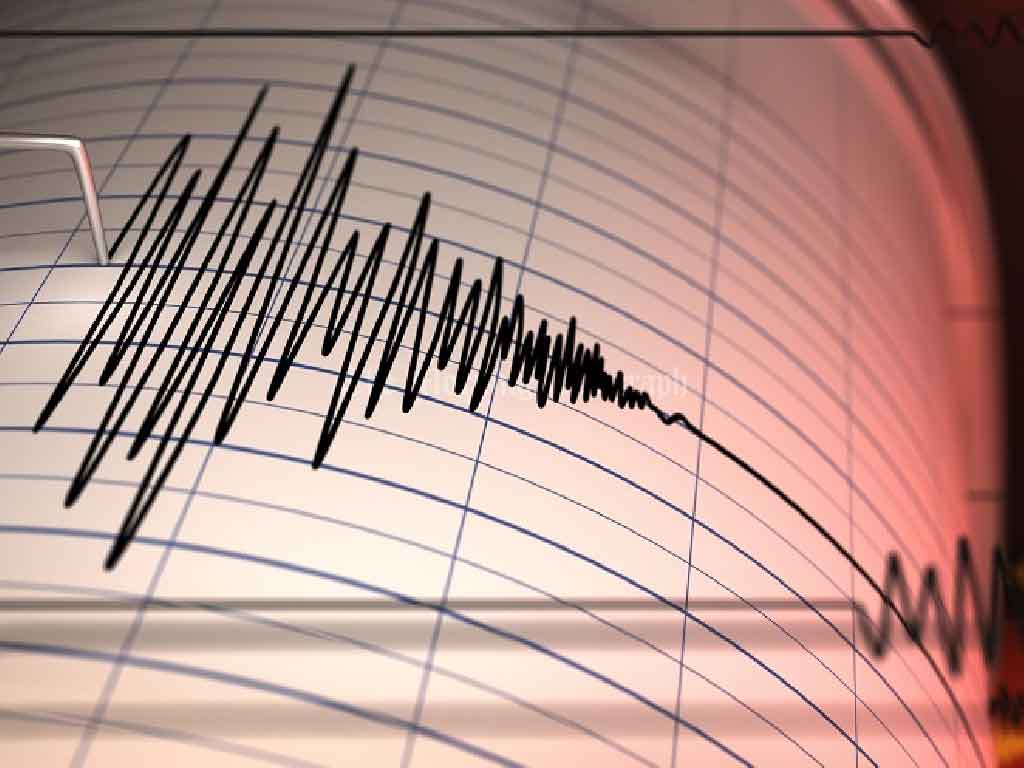
A significant earthquake with a magnitude of 7.1 struck southern Tibet on Tuesday morning, shaking regions across Nepal and extending as far as India, Bhutan, and Bangladesh. The earthquake occurred at 9:05 a.m. local time in Tibet (6:50 a.m. in Nepal, 0105 UTC), with its epicenter located approximately 177 kilometers southwest of Shigatse, Tibet, and 201 kilometers northeast of Kathmandu, Nepal.
The U.S. Geological Survey (USGS) reported that the quake was very shallow, occurring just 10 kilometers below the surface. Shallow earthquakes often result in more intense ground shaking, amplifying their impact on surrounding areas.
The tremors were widely felt across the region, prompting people to rush out of buildings in several areas, including Kathmandu, Nepal’s capital. Reports of strong shaking flooded social media, with some describing the experience as “intense” and others noting birds reacting to the tremors before humans felt them.
Computer models from the USGS estimate that up to 105 million people may have felt the earthquake, with approximately 76,000 experiencing “strong” to “severe” shaking. However, as of now, no official reports of casualties or significant damage have been confirmed.
“The shaking was intense, and people quickly evacuated their homes in the early morning cold,” a resident from Nepal told EMSC.
The earthquake serves as a stark reminder of the seismic activity in the region. Nepal and its neighboring areas are located in a seismically active zone, where the Indian tectonic plate collides with the Eurasian plate, frequently causing earthquakes.
In April 2015, a devastating 7.8-magnitude earthquake struck northwest of Kathmandu, Nepal, killing nearly 9,000 people, injuring tens of thousands, and destroying countless homes and historical structures. The memory of that disaster lingers, prompting swift evacuations whenever a significant quake occurs.
Authorities in China, Nepal, and other affected regions are monitoring the situation closely, and updates on potential damage or casualties are expected as more information becomes available.




